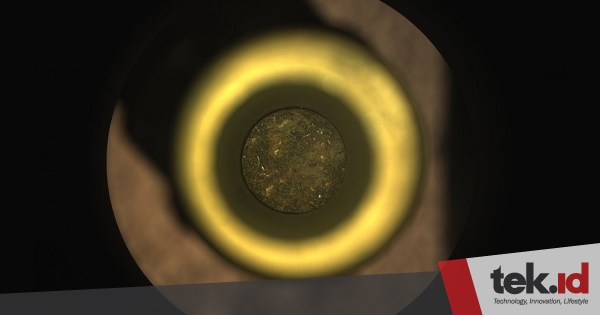Both the emergent part and the showcase of the discipline, professional football hides a multitude of clubs and players. The amateur world, much less visible to the general public, maintains fairly close links with these professional clubs, through partnerships that can take different forms. Whether it is a convention, a charter or a contract, their goal is to allow the two parties, the professional club and the amateur club, to maintain links. However, the interests are not always the same depending on the sports associations and the SASPs. But let’s go back to the beginnings of these links uniting the amateur world to that of professionals.
If there have always been relationships between these different clubs, partnerships appeared about twenty years ago, in the late 1990s. “The first of the LOSC took place when Lille was” at its worst “, when it had just gone down to D2 (1996-1997 season, editor’s note). With the aim of bringing spectators to the stadium via partner clubs and maintaining the loyalty of the people of the Metropolis. There were then about fifty. I took over the partnership in 2005 and we then had 14 partner clubs. As we went along, we grew in numbers. We were in our thirties for a long time and then there was excitement after the double cup-championship in 2011 where, there, we were very much in demand. For a while, we partnered with clubs in each district and we came back to clubs in the Lille metropolitan area “, says José Huyghe, responsible for partner clubs of the Lille club.
Brétigny – Auxerre, example of longevity
The Ile-de-France club of Brétigny-sur-Orge has been a partner of AJ Auxerre for eighteen years now. The contract was even renewed last year until 2024: proof of the good functioning and converging mutual interests of this partnership. “What I remember at the time of the first contacts was that I knew that the partnership between Brétigny and Rennes had ended. We therefore had the way open and we took the opportunity to take over. the greatest asset of Brétigny, which had a good reputation as a training club “, relate Guy Roux in an interview on the CSB website.
With a high population density, the Ile-de-France region is a major supplier of football players. “You should know that the Paris region has more inhabitants than a country like Belgium for example. We must therefore, given the breeding ground, to have people who work for us there. In Auxerre, we live a desert. Between Yonne, Franche-Comté and Burgundy, there must be more cows than inhabitants. And cows do not play football … “, quips the iconic AJA coach.
Local-oriented partnerships
If for Auxerre, geographical constraints made it necessary to create links in the Paris region, the notion of proximity quickly appeared essential for professional clubs. In a fiercely competitive market, knowing one’s territory, department and region has become the priority. Both to develop their image but also to prevent the escape of talent from competing clubs. “Partnerships have existed for a long time, it has been done officially or unofficially. PSG has developed it a lot in the Paris region, Lyon is developing it in its sector. The first recruitment of all the big French clubs is in their region “, comments Gilles Bibé, sports director of AC Boulogne Billancourt.
At the club since 2003, he was before the side of the Ile-de-France club Antony, which had already established relations with PSG, just like the ACBB at the time of his arrival. Known for the quality of its training, the Hauts-de-Seine club subsequently signed a partnership with Olympique Lyonnais. But this happened much later and only lasted three years, between 2017 and 2020. Gilles Bibé was the referent. “We were two similar clubs in operation. We have a lot of players who have joined OL in recent years. This is where the desire to come together came from.”, remembers the leader.
– .


